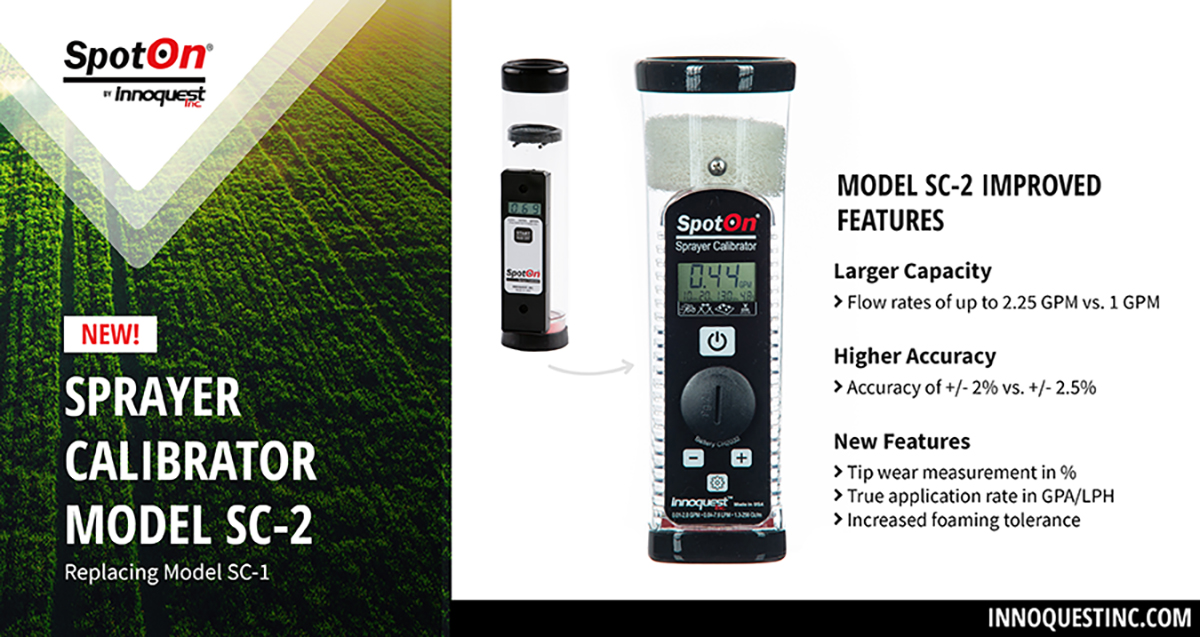Study: Preemergence Herbicides With Multiple Sites Of Action Critical For Optimal Control
With more than 60 million U.S. acres affected by glyphosate-resistant weeds and nearly every state affected by some form of resistant weeds, the challenge facing growers is increasing every year. In a 2013 survey of Midwest growers, BASF found that 76% will be changing their weed management strategies in 2014 to address this ongoing issue.
To help determine the best strategies for combatting weed resistance, BASF scientists continue to research solutions to help growers achieve optimal weed control. In a recent Verdict herbicide study, BASF reaffirmed the importance of using a preemergence herbicide with multiple sites of action.
Multiple Sites of Action
BASF scientists tested the effectiveness of Verdict herbicide for control of weeds in preemerge and preplant applications. Verdict herbicide, powered by Kixor herbicide technology, combines the active ingredients in Outlook herbicide and Sharpen herbicide to provide two sites of action.
“There are two key reasons for choosing products that use multiple effective sites of action,” said Mark Oostlander, Technical Market Manager, Herbicides, for BASF. “The first is better weed control in general and the second is superior control of resistant weeds.”
Oostlander explained that if there is a weed resistant to one of the sites of action, having two or more provides backup to ensure the weed is controlled and prevents it from going to seed.
To show a living demonstration of these advantages, scientists conducted a greenhouse trial where they took soil and weed seeds – foxtail, common waterhemp and common ragweed – from fields throughout the U.S. and grew weeds in four separate pots. They then applied a different herbicide to each of the pots; one with Outlook herbicide, one with Sharpen herbicide and one with Verdict herbicide. The fourth pot was left untreated. The multiple sites of action in Verdict herbicide proved to have the most complete control on all three of the weeds planted.
“From a scientific perspective, we understand how critical having multiple sites of action is for controlling and preventing resistant weeds, but it’s hard to really show that to people,” said Chad Brommer, Herbicides Biologist for BASF. “So in this case, a picture is worth a thousand words. The study visually shows the strengths and weaknesses of using just one site of action compared to using multiple sites of action.”
Residual Control
To show the importance of using a preemerge herbicide like Verdict herbicide, which includes long-lasting residual control, BASF scientists conducted the same greenhouse trial two weeks apart. Four weeks after the first trial started, the soil still remained weed-free, reaffirming the benefits of using a preemergence herbicide for clean fields.
“Applying a preemerge herbicide with residual control also plays a critical role in controlling weeds,” said Oostlander. “This is because weeds can be controlled for weeks after applying the herbicide.”
The Complete Weed Control Plan
Verdict herbicide is one of many BASF products that are a part of the Advanced Weed Control program. Advanced Weed Control provides growers with an extensive weed control portfolio and best management practices for efficient application and the most complete control.
To learn more about multiple effective sites of action, watch the video below:
For more information about the BASF herbicide portfolio, visit the Advanced Weed Control Website. The Website provides growers with the latest expert information, recommendations and insights on effective weed control, including videos from local agronomists and weed scientists discussing strategies specific to geographies across the Midwest and South.
SOURCE: BASF news release






